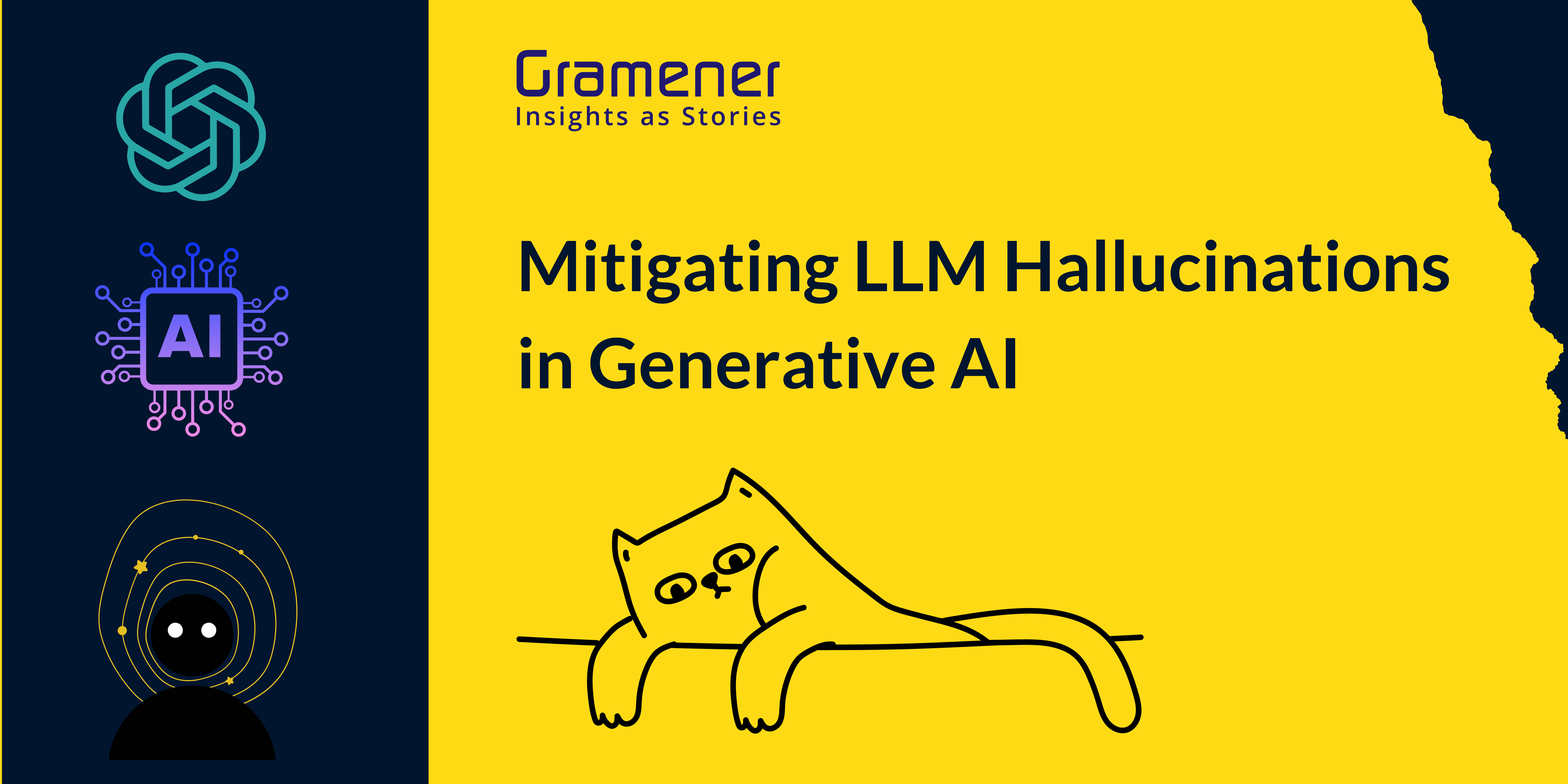Understanding Hallucinations in Text and Image Generating LLMs
Hey everyone, today I want to talk about a fascinating yet challenging aspect of generative AI — hallucinations in text and image generation by large language models (LLMs). This topic is not just for the tech enthusiasts but for anyone curious about how AI impacts our world. Let’s dive into what hallucinations are, why they occur, and how we can tackle them.
In the world of AI, hallucinations happen when models produce content that doesn’t have any factual basis. It’s like when a language model writes a news article filled with made-up information or a poem that sounds poetic but means nothing. Similarly, an image generation model might create bizarre images like a cat with wings or a landscape with floating mountains. Sounds weird, right?

Causes of Hallucinations
When it comes to hallucinations in text and image generating LLMs, there are several factors that contribute to this phenomenon. These can include the complexity of the model, the quality of the input data, and the training algorithm used. Let’s delve deeper into each of these factors:
1. Sign in
2. Sign in

By understanding the causes of hallucinations in AI models, we can work towards improving the accuracy and reliability of these systems. It also opens up new avenues for research and development in the field of artificial intelligence.




















